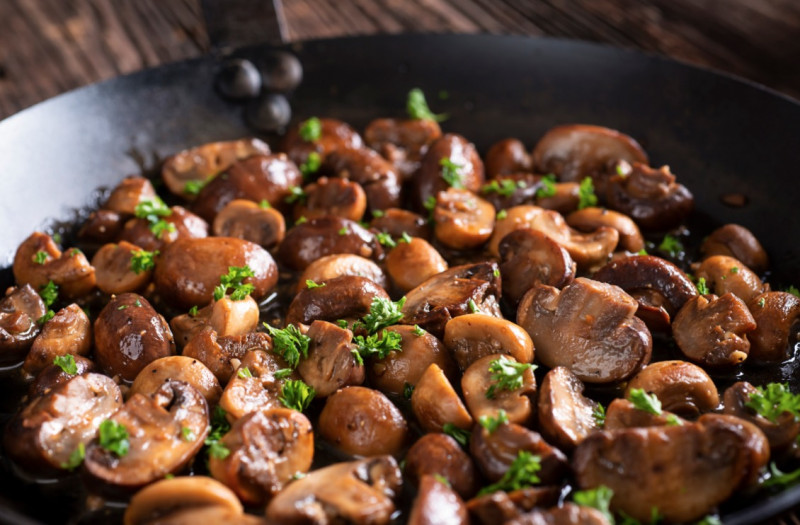Cooking Light: 8 Tips for Sautéing
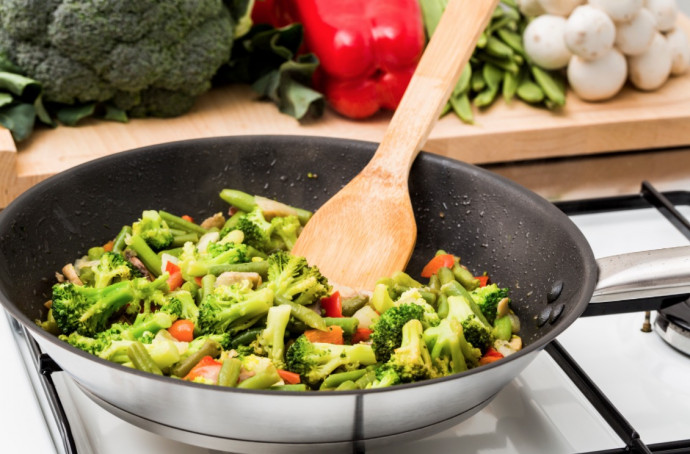
One of the most popular cooking techniques, sautéing is quick, easy, and produces a crisp, brown crust on meat and vegetables. To sauté is to cook food quickly in a minimal amount of fat over relatively high heat. The word comes from the French verb sauter, which means "to jump," and describes not only how food reacts when placed in a hot pan but also the method of tossing the food in the pan. The term also refers to cooking tender cuts of meat (such as chicken breasts, scaloppine, or filet mignon) in a small amount of fat over moderately high heat without frequent stirring―just flipping it over when one side is browned. Discover 8 essential tips for sauteing.
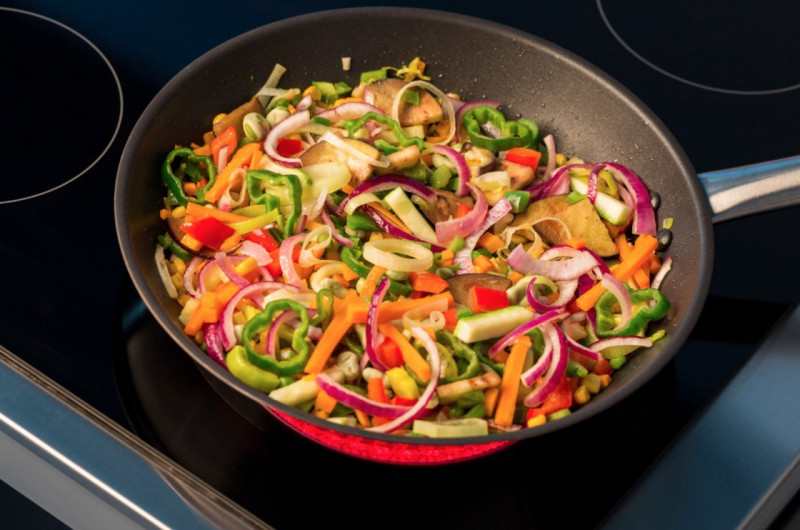
1. Large And Wide
A skillet or sauté pan will work for sautéing. You just need a large surface to avoid overcrowding the food. Nonstick and stainless steel pans both work well for this cooking technique.
2. Tender Time
Sautéing means cooking time is short; this requires tender foods. Tough meats like brisket are best cooked long and with low heat.
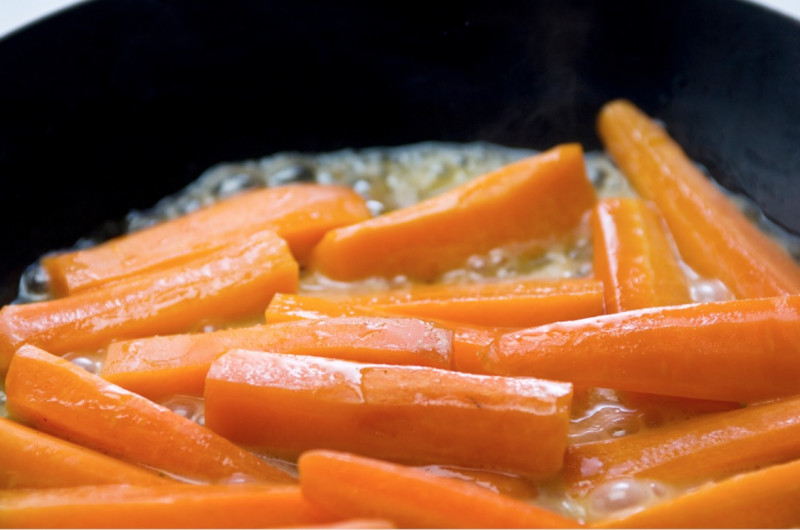
3. Small Bites
Foods that are to be sautéed should be cut uniformly into bite-sized pieces. This will aid even cooking and avoid burning or toughness.
4. Heat It Up
Warm your sauté pan over medium heat for a few minutes before adding food and increase heat as needed. With heat that is too low, your foods will release juices and steam instead of sauté.
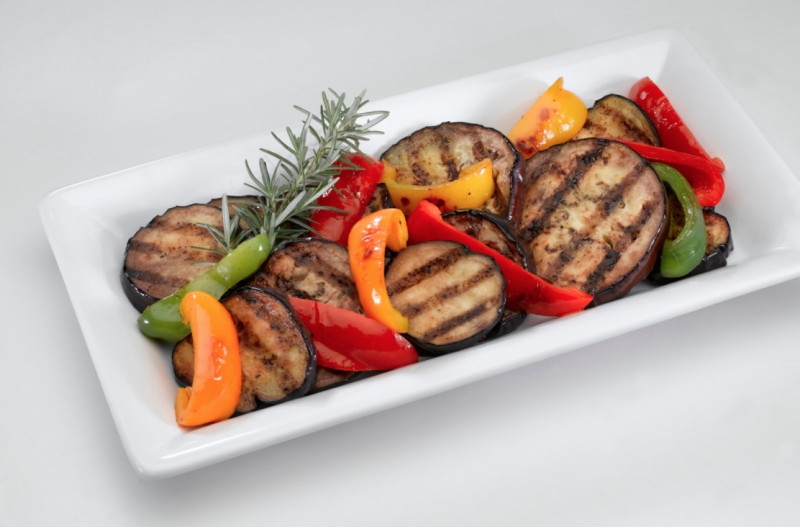
5. Oil Is Second
Get your pan hot first and then add the oil or butter, swirling to cover the pan bottom. Heat the fat for only about 10 to 30 seconds and then add the food.
6. Strategically Stir
Tender veggies and small meat pieces should be stirred often to brown and cook properly. Thick veggies such as potatoes should be stirred less frequently to keep them tender without falling apart.
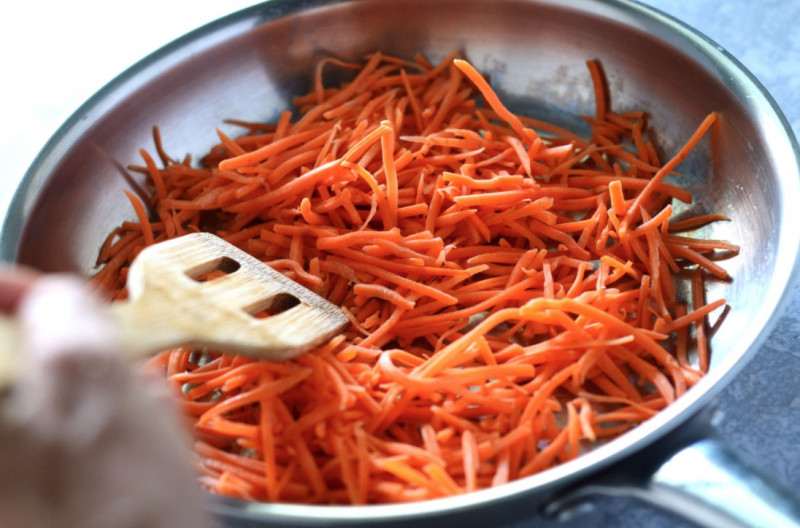
7. Stir-Frying Or Sauteing
The cooking methods are similar as they both use fast cooking and small amounts of oils. However, stir-frying cooks food with higher heat and constant stirring.
8. To Stick Or Not Stick
Non-stick pans are fine for sauteing if you’re not making a sauce from the pieces in the pan. Use a regular pan for making sauces.
